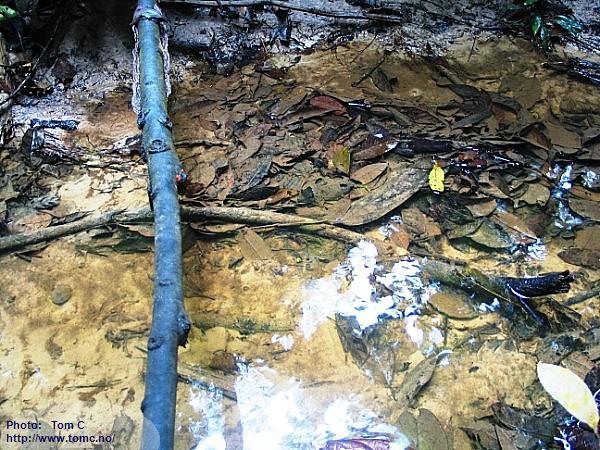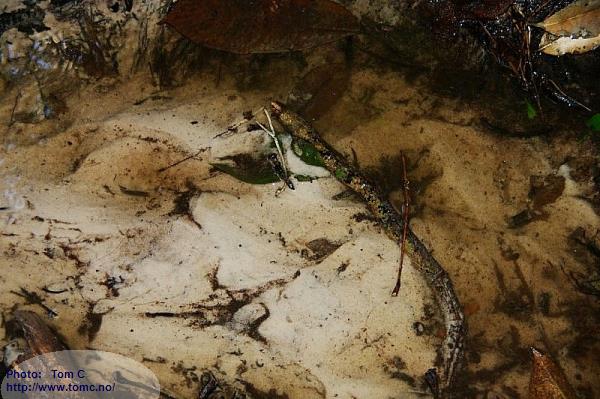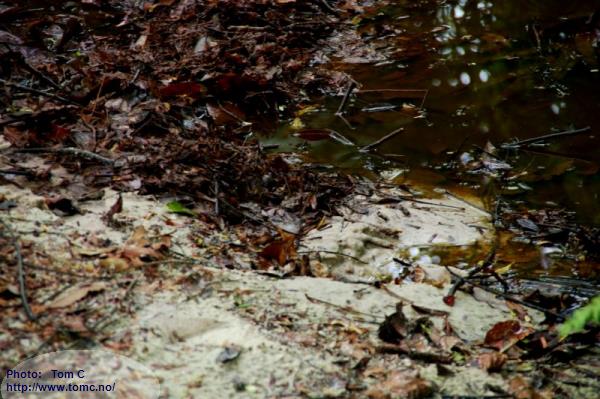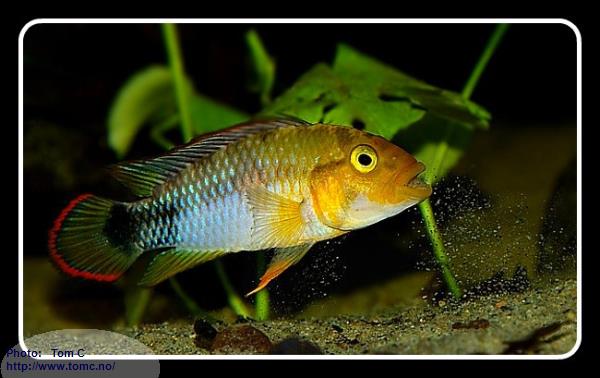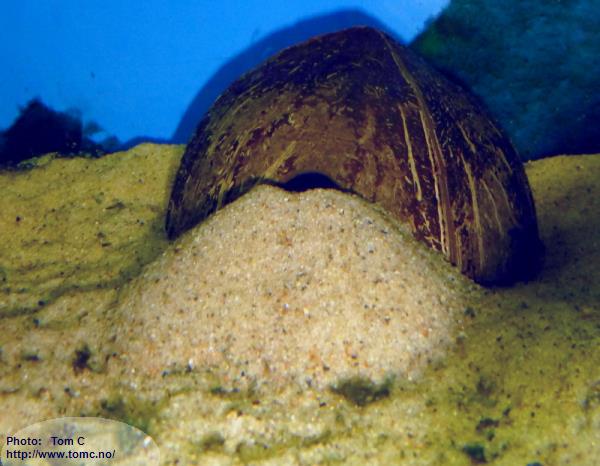pgallagher
New Member
- Messages
- 4
- Location
- New Jersey, USA
Hello, I have a 45-gallon tank that has been running for a while now and is well cycled. I feel like it's been lacking a main fish and then I found Apisto's and I was sold!! I've done a ton of research and I think that my tank would be a good environment for a pair but thought it best to ask this awesome community! So here goes...
Tank Set-Up:
- Fluval Stratum Substrate
- Fluval 307 Canister Filter
- LED Strip lights
- Dimensions: 36.25 inches x 12.6 inches x 24.8 inches
- Some river rock
- Lots of driftwood
Tank Levels:
- Temp – 78
- Tank ph – 6.5
- Ammonia reading – 0
- Nitrite reading – 0
- Nitrate reading – never above 5ppm
- gh - 100 ppm
- kh - 50-100 ppm
Current Stocking:
- 3 Julii cory’s
- 5 Panda cory’s
- 5 Columbian Red & Blue tetras
- 6 Cardinal tetras
- 9 Rummeynose tetras
- 1 Rubberlip Pleco
- 5 Amano Shrimp
I really appreciate the help!! Thank you!
Tank Set-Up:
- Fluval Stratum Substrate
- Fluval 307 Canister Filter
- LED Strip lights
- Dimensions: 36.25 inches x 12.6 inches x 24.8 inches
- Some river rock
- Lots of driftwood
Tank Levels:
- Temp – 78
- Tank ph – 6.5
- Ammonia reading – 0
- Nitrite reading – 0
- Nitrate reading – never above 5ppm
- gh - 100 ppm
- kh - 50-100 ppm
Current Stocking:
- 3 Julii cory’s
- 5 Panda cory’s
- 5 Columbian Red & Blue tetras
- 6 Cardinal tetras
- 9 Rummeynose tetras
- 1 Rubberlip Pleco
- 5 Amano Shrimp
I really appreciate the help!! Thank you!
